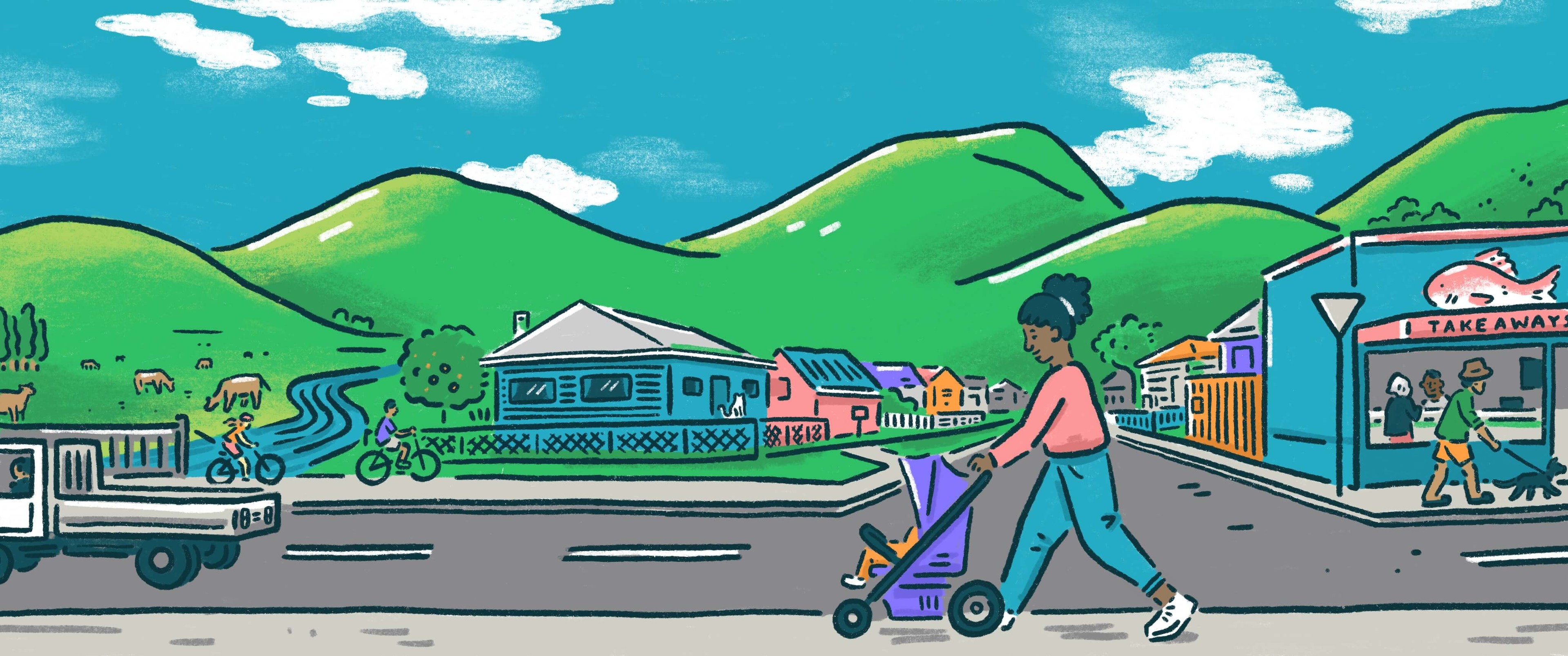
Thames-Coromandel District Council

Rates and revenue
The work of local government is funded mainly by property taxes in the local area, known as rates. This makes up around 60% of council expenditure, with the rest coming from user charges, investment income, regulatory fees and roading subsidies. Councils can also borrow money to spread the cost of large investments such as infrastructure over a longer period of time.

Rates and revenue
The work of local government is funded mainly by property taxes in the local area, known as rates. This makes up around 60% of council expenditure, with the rest coming from user charges, investment income, regulatory fees and roading subsidies. Councils can also borrow money to spread the cost of large investments such as infrastructure over a longer period of time.
Initiating a rates freeze is paramount! Having those who know finances and balance sheets and employed for the greater good are critical.
Council debt, council initiatives, must be made public. Easily, simply. Another word is: accountability. Honest open forums will attest to this.
Experts in individual fields, where knowledge is honestly applied and executed to benefit all, must be employed and be held accountable.
Not to exceed inflation rate as large fixed-income communities.
All council activities to be budgeted, funded and completed on time and on budget.
Council investments must pay their way. Fees and charges must cover costs. Long-term infrastructure debt is okay if affordable.
Engage with community groups and local agencies to assess how increases in rates/charges affect the most vulnerable members of our community.
Recognise the need to retain youth in the area by investing in infrastructure and supporting local initiatives.
Communicate more effectively about where rates are used and what implications and income reduction will mean.
Seek external funding for larger projects such as the Thames swimming pool, ensuring state of the art facilities with reduced rates impact.
Review local versus district funded activities to ensure equity still exists and that costs and spending are fair for all.
Transparency and communication about necessities verses nice-to-have, and the costs and trade offs with these, will ensure no surprises.
Clarity about funding streams and debt servicing is my goal, as decisions can only be made within known budget constraints.
Initiating a rates freeze is paramount! Having those who know finances and balance sheets and employed for the greater good are critical.
Council debt, council initiatives, must be made public. Easily, simply. Another word is: accountability. Honest open forums will attest to this.
Experts in individual fields, where knowledge is honestly applied and executed to benefit all, must be employed and be held accountable.
Not to exceed inflation rate as large fixed-income communities.
All council activities to be budgeted, funded and completed on time and on budget.
Council investments must pay their way. Fees and charges must cover costs. Long-term infrastructure debt is okay if affordable.
Engage with community groups and local agencies to assess how increases in rates/charges affect the most vulnerable members of our community.
Recognise the need to retain youth in the area by investing in infrastructure and supporting local initiatives.
Communicate more effectively about where rates are used and what implications and income reduction will mean.
Seek external funding for larger projects such as the Thames swimming pool, ensuring state of the art facilities with reduced rates impact.
Review local versus district funded activities to ensure equity still exists and that costs and spending are fair for all.
Transparency and communication about necessities verses nice-to-have, and the costs and trade offs with these, will ensure no surprises.
Clarity about funding streams and debt servicing is my goal, as decisions can only be made within known budget constraints.
Mayor
Compare the mayoral candidates in your area
Local council
Compare the candidates for your city or district council
Regional council
Compare the candidates for your regional council
Local board
Compare the candidates for your local or community board







